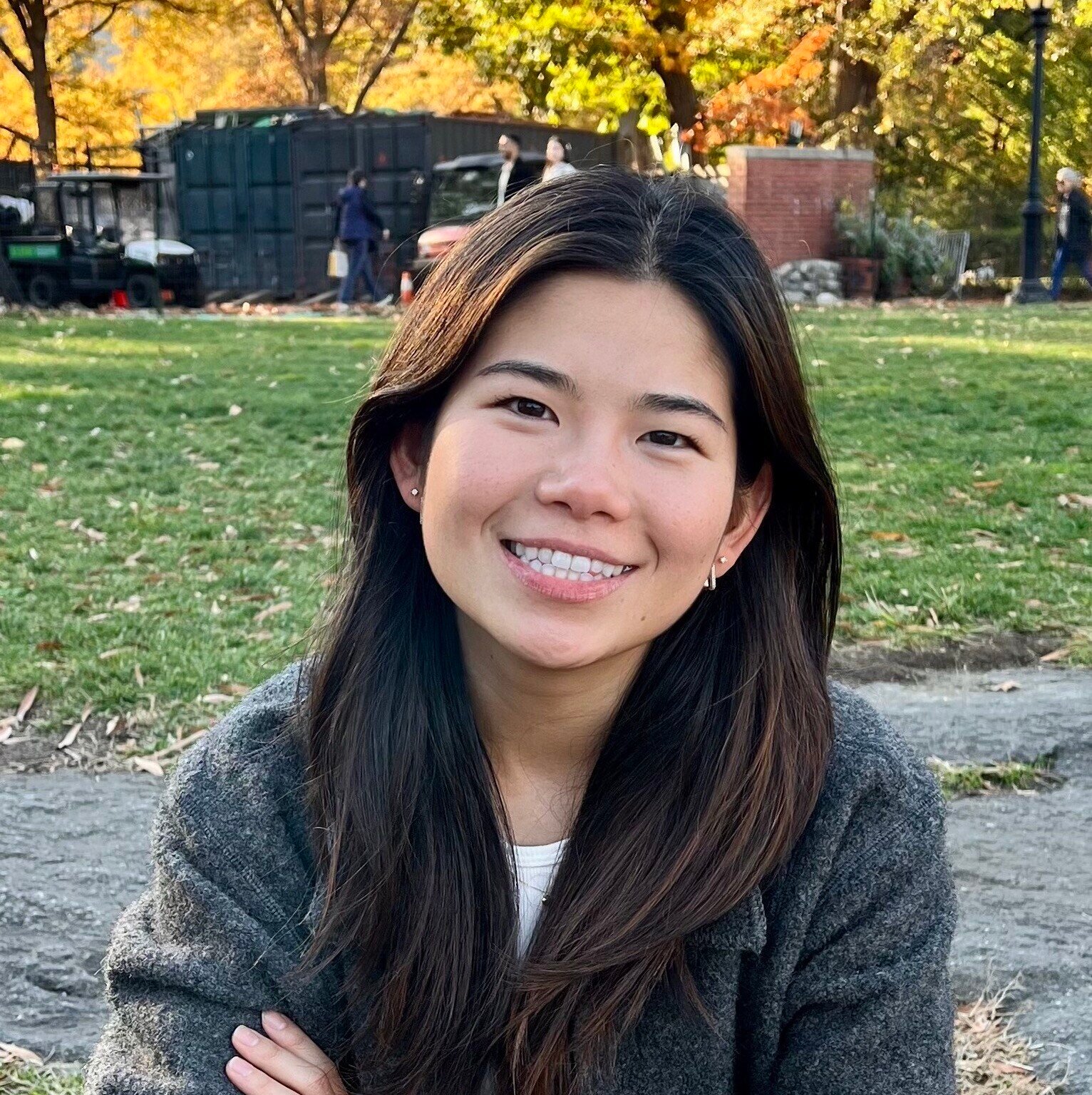PhD programs are unique from other graduate studies in their emphasis on the advisor-advisee relationship. This singular relationship holds so much weight that a PhD has often been called an apprenticeship in research. When much of a PhD student’s support network, teaching, and success derives from one individual, it is crucial to consider advisor fit at the earliest stage of the application process.
As prospective PhD students curate their school lists, they should be able to identify 2-3 professors at each institution with whom they would be happy to work. This initial filter relies on personal and lab websites, recent publications, and teaching statements. Essentially at this stage, a candidate should evaluate whether a professor shares the right balance of academic and personal qualities to be a fitting advisor. Many advisors will also note on their websites whether they plan to recruit a new student—or many—in the upcoming application cycle, as not every professor takes a new PhD student every academic year. Factoring in these “on paper” traits will greatly narrow down an applicant’s school list.
For a variety of reasons, a student may feel inclined to reach out to some of the potential advisors they have identified at the schools prior to applying. In some cases, it may be helpful to learn more about their specific research areas, the directions they foresee their group moving in, or other details (group size, teaching commitments, upcoming sabbaticals, etc). Otherwise, a candidate may want to speak with a professor to gain quick insight on whether they would get along personally. It is extremely fair and even encouraged for a student to prioritize this latter point. Always, a supportive and healthy relationship with one’s advisor will lead to a more productive and a much smoother PhD journey.
Candidates are allowed to reach out to potential advisors, but they should keep the inquiry short, sweet, and to the point to respect their time. Most professor emails are included on personal or department websites and thus sending a quick email can be a great outreach method.
An example cold email structure is provided below:
Dear Professor X,
I hope this email finds you well. <Introduce yourself, including your name, past institution and degree, and current position>. <State the program you plan to apply to>. I am very interested in your research, especially <state one thing you learned, question you had, or extension idea for one of their papers or research topics>. (4-5 sentences)
While at <institution>, <state a few past research projects or highlights>. (2-4 sentences)
I wonder if you have any availability in the next <weeks, months, however much time is between emailing and the application deadline> to have a brief chat with me about <restate the research idea or question you’d like to work on with them>. If you are busy, I understand and look forward to applying to <program name>. (2-3 sentences)
Best,
<Your name>
There is no perfect recipe for a cold email. But the most successful ones well balance a candidate’s background information and goals and show respect for the professor’s time.
It should be clear that the candidate has done their own research on the professor’s work, and that the email is well-informed, personal (not copy and paste!), and error-free. With care, an email is often well-received, and applicants will be able to gain insight that helps them decide potential advisor rankings, finalize school lists, or craft their statements of purpose. Many times, even a high-quality email will get no response, as professors are extremely busy! This is normal, and candidates should not be deterred from applying to that advisor and school.
In conclusion, the advisor-advisee relationship is one of the most important and influential of one’s academic career. If ever a time to send an intimidating cold email, this is the one. Good luck!


Comments